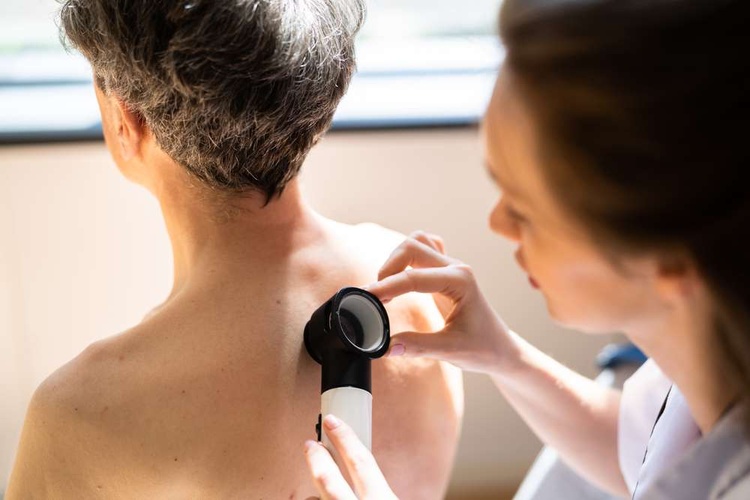Plastic Surgery: Procedures for Face and Body
Plastic surgery covers a wide range of procedures that alter or restore the appearance and function of the face and body. This field includes reconstructive work after injury or disease, as well as elective cosmetic procedures intended to change contours, symmetry, or signs of aging. Patients often seek information about safety, recovery, expected outcomes, and how to choose a qualified surgeon; understanding fundamentals helps set realistic expectations and prepares people for informed conversations with a medical professional.

This article is for informational purposes only and should not be considered medical advice. Please consult a qualified healthcare professional for personalized guidance and treatment.
What is plastic surgery and how is it used (surgery)?
Plastic surgery is a medical specialty focused on restoring form and function through surgical and non-surgical techniques. It splits into reconstructive surgery—which repairs defects from trauma, cancer, or congenital conditions—and cosmetic (esthetic) surgery, which aims to improve appearance. Procedures may involve skin, soft tissue, fat, muscle, and skeletal structures. Decisions about surgery depend on a patient’s health, goals, and the complexity of the operation; many procedures also require coordination with other medical specialists when underlying health issues exist.
What are common cosmetic procedures (cosmetic)?
Cosmetic procedures vary from minimally invasive treatments to major operations. Non-surgical options include injectables (botulinum toxin and dermal fillers), laser resurfacing, and chemical peels. Surgical cosmetic options include rhinoplasty (nose reshaping), facelifts, breast augmentation or reduction, liposuction, and abdominoplasty (tummy tuck). Each procedure has specific indications, expected outcomes, and risk profiles. Understanding the differences—such as temporary results from injectables versus longer-lasting anatomic changes from surgery—helps individuals choose appropriate treatments aligned with their goals.
How to choose a qualified practitioner (doctor)
Selecting a qualified doctor is a crucial step. Look for board certification in plastic surgery from the appropriate national board, proof of hospital privileges, and a record of experience with the specific procedure under consideration. Review before-and-after photos, patient testimonials, and whether the practice provides clear preoperative and postoperative instructions. A thorough consultation should include discussion of risks, alternatives, expected recovery, and contingency plans for complications. Verify that the facility is accredited for the level of anesthesia and complexity required by your surgery.
What face procedures entail and what to expect (face)
Face procedures target aging signs, facial balance, or structural issues. Common facial surgeries include rhinoplasty, blepharoplasty (eyelid surgery), facelifts, and brow lifts. These procedures can address skin laxity, excess fat, bone structure, and soft-tissue volume. Recovery timelines vary: for instance, eyelid surgery often has a shorter recovery than a full facelift. Potential risks include scarring, nerve injury, asymmetry, infection, and dissatisfaction with cosmetic outcomes. Preoperative planning frequently involves photographic analysis and careful discussion of realistic results to align expectations with achievable outcomes.
How body procedures and recovery differ from facial surgery (body)
Body procedures such as liposuction, abdominoplasty, body lifts, and breast surgeries focus on contour and proportion. Recovery can be influenced by the amount of tissue removed, the extent of skin tightening, and whether combined procedures are performed. Postoperative care may include compression garments, drainage systems, activity restrictions, and staged follow-up visits. Weight stability and smoking cessation prior to surgery are important for optimal healing. Like facial surgery, body procedures carry risks of bleeding, infection, contour irregularities, and changes in sensation; a staged plan and realistic goals help minimize complications.
Patient preparation, risks, and long-term outcomes
Preparing for plastic surgery typically involves a medical evaluation, medication review, imaging or lab tests as needed, and lifestyle adjustments such as stopping tobacco and optimizing nutrition. Risks common to most procedures include anesthesia-related complications, infection, scarring, delayed healing, and the possibility of secondary surgeries for refinement. Long-term outcomes depend on the procedure type and the patient’s biology and lifestyle; for example, skin quality and sun exposure influence how long aesthetic improvements remain noticeable. Psychological readiness and clear communication with the surgical team about expectations are essential for satisfaction with results.
Conclusion
Plastic surgery spans reconstructive and cosmetic interventions for both face and body, combining surgical skill, preoperative planning, and postoperative care to address functional or appearance-related concerns. Choosing a credentialed doctor, understanding the distinct risks and recovery patterns of different procedures, and setting realistic expectations are central to planning any procedure. Decisions should be made with thorough medical consultation and consideration of both short- and long-term implications.






